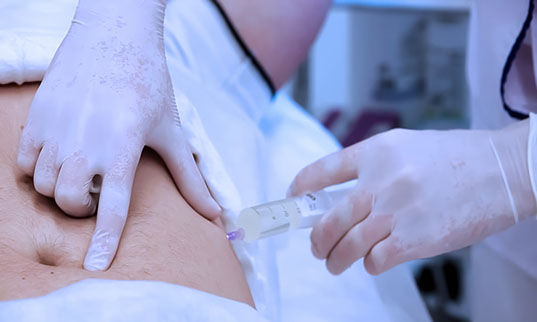Drug addiction is a disease. Most of people who suffer from drug addiction can’t recover without medical help. One of the best ways to get rid of a drug addiction is to have a naltrexone treatment. But, keep in mind that there are three equally important parts of drug addiction treatment:
- medication
- counseling
- family support


